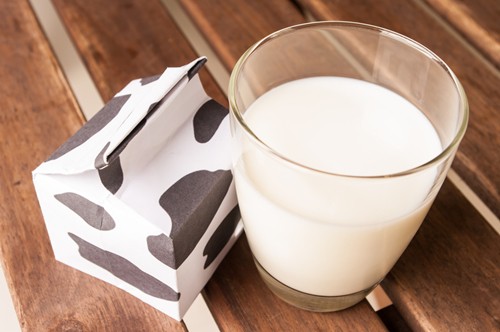No matter what industry you operate in, standards matter. They are the measuring stick against which companies and consumers can measure products and choose which ones best suit their needs. They are a way of demonstrating precision and care in the manufacturing of each model of a product.
There are some industries in which meeting standards is crucial to ensuring product safety and quality. The food, beverage and dairy industries must meet guidelines set by the Food and Drug Administration to ensure products are safe for human consumption. The pharmaceutical industry must also meet these requirements so that each medicine is not only safe, but effective.
What these industries have in common is more than consumer-facing products and FDA regulations; they also rely on shell and tube heat exchangers to help make their products as safe, effective and consistent as possible. In order for these industries to produce food, beverages and medicines that are of high quality, they must use equipment that meets specific guidelines as well.
There are a wide range of standards a shell and tube heat exchanger can adhere to. Knowing what they mean and which ones apply to your industry and area of operation are important for successfully moving forward.
ANSI
The American National Standards Institute has been coordinating the voluntary standardization system in the U.S. private sector for nearly a century. Groups called standards developing organizations work together to develop and improve upon standards.
ANSI publishes Standards Actions every week, which include calls for comments on standards proposals. In it, suggestions are made along with what machinery the standard changes would apply to. As of last year, more than 240 SDOs were accredited by ANSI, and more than 1,100 American National Standards were in place.
3-A Sanitary Standards Inc.
Standards for equipment design used in the dairy industry first came about in the 1920s. There were three interest groups, or associations, that worked to develop the standards: equipment fabricators, regulatory sanitarians and processors. To highlight the three associations’ collaboration, the standards became known as 3-A.
3-A Sanitary Standards were created and are maintained to ensure that all equipment used in the food, dairy and pharmaceutical industry is kept clean so that all products coming from them are safe for consumption. According to 3-A, the ideal equipment can be mechanically cleaned through a clean-in-place or CIP system, or can be easily taken apart for thorough manual cleaning.
API 660
The oil and gas industry is another area in which standards are crucial. Petroleum is used in nearly every aspect of today’s world. It fuels vehicles and heats buildings, but it is also used in textiles, health and beauty essentials, cleaning products and many more applications.
In the oil and gas industry, there are several standards companies must adhere to. Often, it is the end user or consultant who creates demand for refineries to follow these standards. The American Petroleum Institute designed standards called API Standard 660.
A newsletter from the CoDesign Engineering Skills Academy noted that these standards were drafted based on industry experience and practical considerations. They provide specifications for the design of a shell and tube heat exchanger for use in the petroleum industry, such as how thick the tubes can be, the type of exchangers allowed in refineries and how thick the tubesheet joints can be.
As demonstrated in the newsletter’s chart, API 660 has some similar standards as TEMA, though not always. For instance, under API 660, TEMA type P and W exchangers, which have outside packed floating heads and a floating tubesheet that is externally sealed, respectively, are not allowed to be used in a refinery. However, under TEMA’s standards, these can be used in certain situations.
It’s important to note the differences in standards when working in an industry where meeting regulations can help define the quality of a product. Knowing your customer base and what they value is also critical, as this will help manufacturers determine which equipment and which standards are right for them.
If you are looking for a shell and tube heat exchanger for your operations, talk to the experts at Enerquip. Their in-house engineering team will understand your needs and be able to determine which standards your equipment needs to meet.

